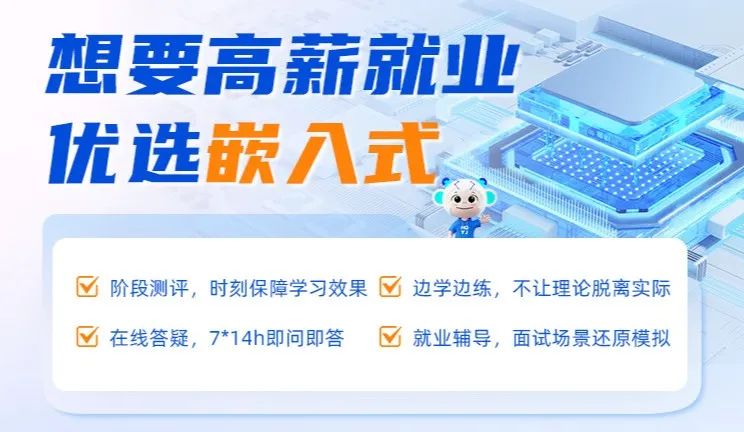
High-performance embedded systems, if purely pursuing speed and performance, can be addressed by using the highest specification hardware (high-performance CPUs, large memory, and various good peripherals, etc.).
However, this contradicts the original intent of embedded systems.
As a type of flexible hardware and software system tailored to user needs, designing high-performance embedded systems must consider both software and hardware comprehensively.
So, do you know how to design high-performance embedded systems based on RISC-V architecture?
1) About RISC-V
RISC-V is an open-source instruction set architecture (ISA) based on the principles of reduced instruction set computing (RISC).
First, we can choose the appropriate RISC-V core based on our needs. For example, RV32I or RV64I for general computing, RV32E for low-power applications, and RV32G or RV64G for high-performance computing.
Choose suitable extended instruction sets according to needs, such as M (integer multiplication and division), A (atomic operations), F (single-precision floating point), D (double-precision floating point), etc. These extensions can significantly enhance the performance of specific tasks.
2) About Hardware Design
• SoC Integration:
Design a system on chip (SoC) that integrates necessary peripherals and interfaces, such as GPIO, UART, SPI, I2C, DMA controllers, timers, interrupt controllers, etc. Ensure that the choice and configuration of peripherals meet application requirements.
• Memory Subsystem:
Reasonably design the memory hierarchy, including cache (L1, L2), SRAM, and external memory (like DDR). Using cache can significantly improve performance and reduce access latency to external memory.
• Power Management:
Design a power management unit (PMU) that supports dynamic voltage and frequency scaling (DVFS) and power gating techniques to reduce power consumption. By entering low-power mode when idle, unnecessary peripheral activity can be minimized.
• Clock Management:
Design multi-level clock domains to support independent clock control for different modules, thereby reducing power consumption. For example, the clocks for certain peripherals can be turned off when not in use.
3) About Software Design
• Code Optimization:
Write efficient code, avoiding unnecessary loops, etc.
• Operating System:
Select an appropriate operating system that provides task scheduling, interrupt handling, memory management, etc., to enhance system responsiveness and stability.
• Compiler Optimization:
RISC-V supports the GCC compiler, and optimization options like -O can be added during compilation.
———— END ————
HuaQing YuanJian has been deeply engaged in the high-end IT field for 21 years, carefully creating [Embedded][Artificial Intelligence] high-end courses. A complete learning path helps you progress from basic to advanced levels, suitable for industry novices, technical transitions, professional changes, and career advancement among various groups.
Additionally, Hua Mei has prepared a surprise for everyone! Including embedded systems, IoT, artificial intelligence and other high-paying employment courses, along with special course benefits~
👇👇👇

Scan to contact Hua Mei
for more details[Embedded]course information
About HuaQing YuanJian
HuaQing YuanJian Education Technology Group was established in 2004 and is a leading brand in technology-driven education services in the new generation of information technology, integrating industry, academia, and research. It is committed to enabling every student to easily and efficiently access IT education services that keep up with the forefront of technology, achieving high-end career dreams. From offline to online, from teaching to research and development, from theory to practice, from campus to workplace, it also provides comprehensive talent cultivation solutions for enterprises, universities, and individuals. Currently, multiple learning centers have been established in major first- and second-tier cities across the country, delivering over 330,000 IT talents to enterprises and empowering talent cultivation and support for over 1,100 universities and over 20,000 enterprises.
